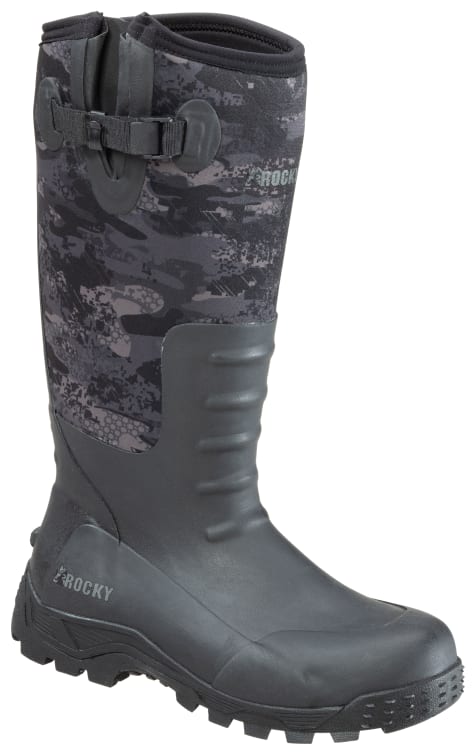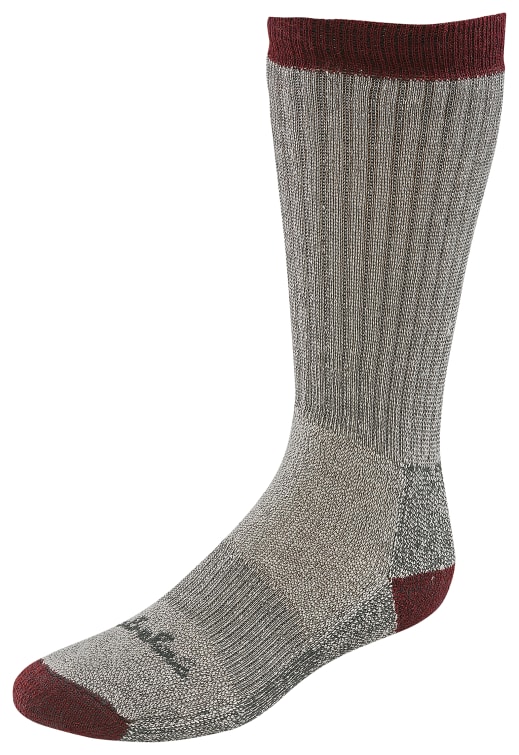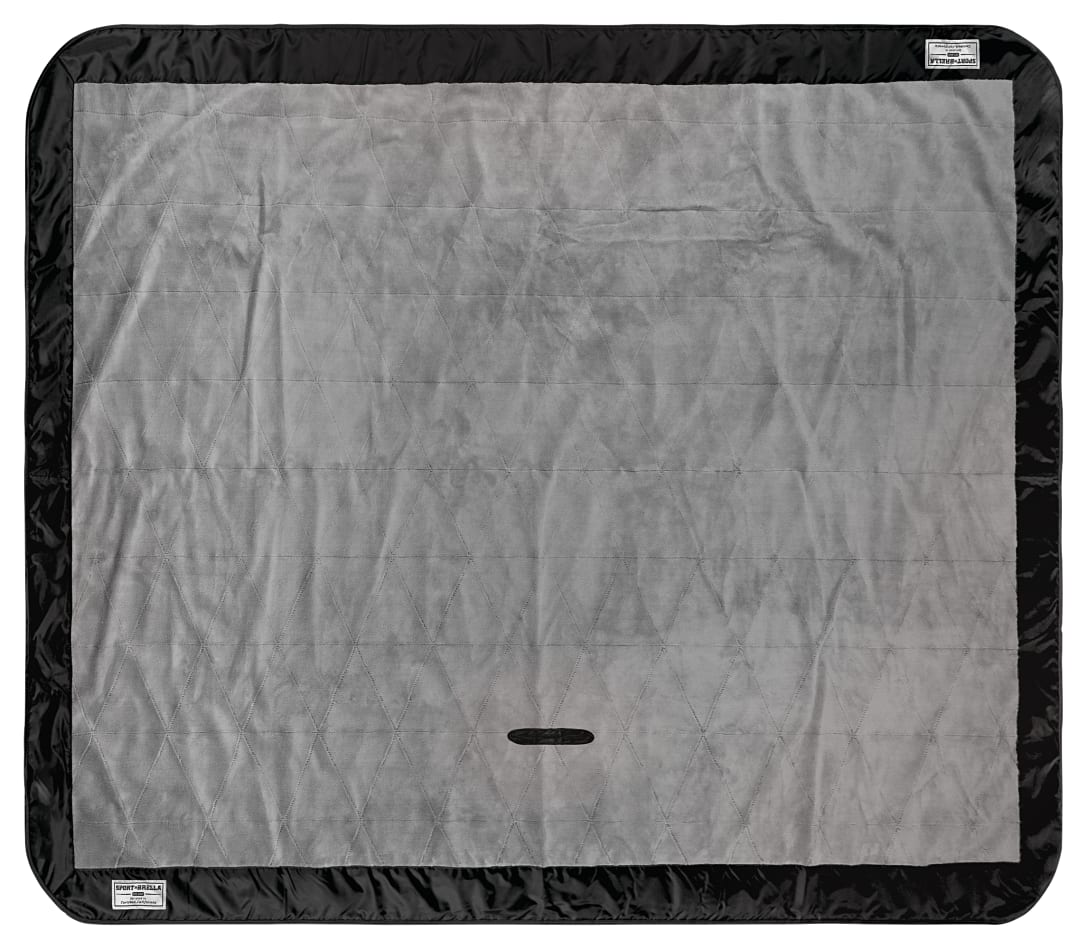Heating
An appropriate set of clothing, shelter, and good sleeping gear is usually sufficient to keep you comfortably warm, unless you're suffering from some stage of hypothermia. Heating can be regarded as a comfortable and even joyful addition to your camping experience.
When you see this in the evening, you know it's time to prepare for a cold night.
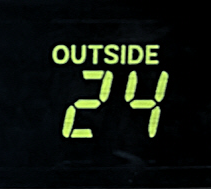
- 24 Degrees!.png (46.31 KiB) Viewed 1402 times
Various forms of heating bring comfort (hopefully not a survivial need).
- Heaters
- Heated Fabrics (Clothing, Blankets)
Let's first look at the mechanisms by which heat is delivered.
Radiant vs. Conduction vs. Convection
Radiant (infrared **)
Heats objects without any medium
- "Instant" heat
- Does not require a medium to propagate heat (passes through air)
- Effective in outdoor / outside / breezy areas
Often utilizes a very hot source that can ignite combustible materials and cause skin burns
Only warms the side of objects that face the heat source
** Note: infrared electromagnetic radiation frequencies are usually used for heating
Conduction
Heated medium contacts object to transfer heat
- Nice for localized heat transfer (e.g., hands)
Convection
Heats a medium (air) which in turn heats objects
- Air absorbs heat poorly (air is often used as an insulator)
- Heated air will only rise upward unless directed by fans, but can circulate all around objects
- Heated air is a poor conductor of heat
- Heated air needs to be contained, can't be used outdoors / outside
Power Sources
- Propane
Complete combustion:
C3H8 (propane) + 5 O2 (oxygen) → 3 CO2 (carbon dioxide) + 4 H2O (water vapor) + heat
Incomplete combustion:
2 C3H8 (propane) + 9 O2( oxygen) → 4 CO2 (carbon dioxide) + 8 H2O (water vapor) + heat + 2 CO (carbon monoxide)
- Butane
Complete combustion:
2 C4H10 (butane) + 13O2 (oxygen) → 8CO2 (carbon dioxide) + 10H2O (water vapor) + heat
Incomplete combustion:
2 C4H10 (butane) + 7 O2 (oxygen) → CO2 (carbon dioxide) + 10 H2O (water vapor) + heat + 2 CO (carbon monoxide) + 5C (soot)
- Water vapor can increase humidity and lead to condensation on cold surfaces (inside of tent).
- During complete combustion, both propane and butane burn with a blue flame. A yellow or orange flame indicate incomplete combustion.
- So, might produce carbon monoxide, depletes oxygen, and produces carbon dioxide. Use with care!
- Diesel
Heaters
Radiant Heaters
Everyone's favorite radiant heat, in this case very evident
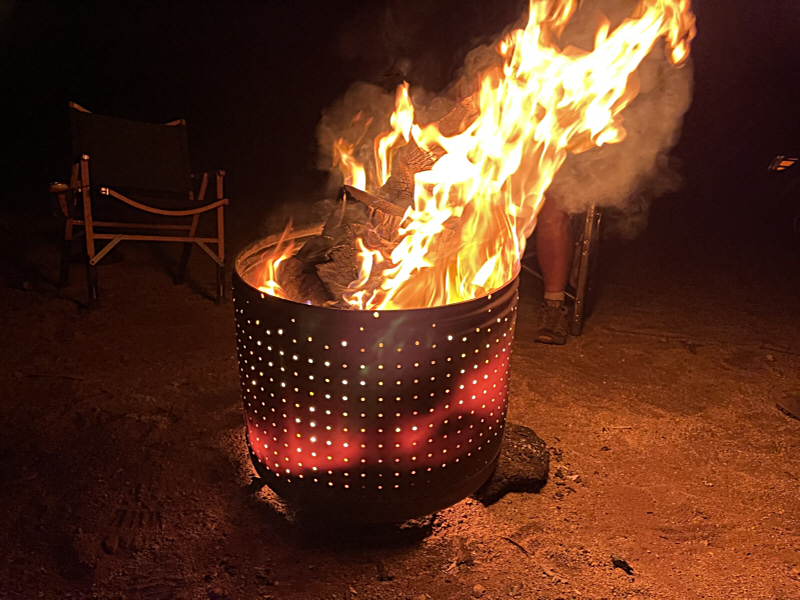
- Campfire.jpg (305.17 KiB) Viewed 1392 times
I camped once with a guy who used one of these. Very effective heat source, 40000 BTUs is claimed. Maybe an effective replacement for a campfire where wood fires are not allowed.
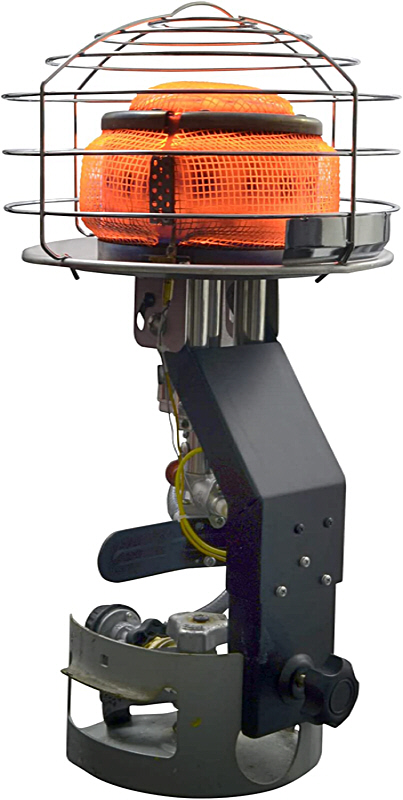
- Propane Radiant Heater.jpg (138.59 KiB) Viewed 1378 times
Mr. Heater makes a variety of sizes of radiant propane heaters, from 3800 BTUs (Little Buddy) to 18000 BTUs (Big Buddy). The Buddy heaters have oxygen sensors and will shut down if oxygen is limited. They might also shut down at higher altitudes. While "safe" with good airflow / combustion, most people do not use these while sleeping.
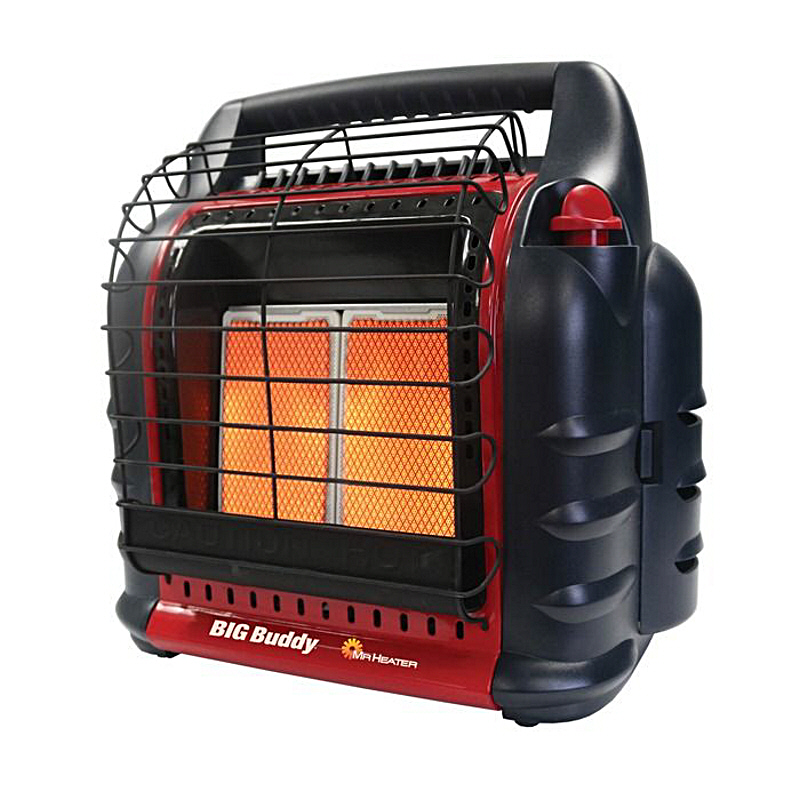
- Big Buddy.jpg (247.82 KiB) Viewed 1397 times
Multiple uses!
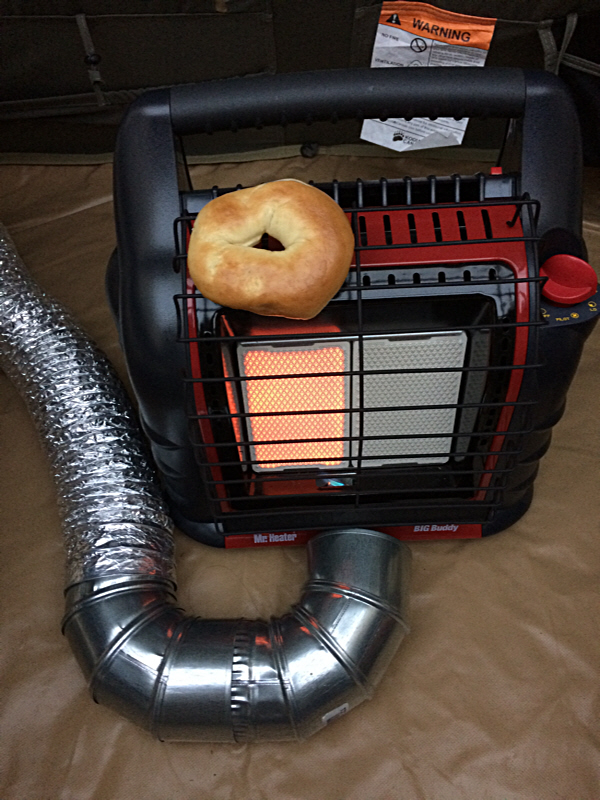
- Big Buddy Bagel.jpg (275.69 KiB) Viewed 1376 times
A small 3400 BTU butane heater, the Kovea Cupid is handy for early morning or late night heat, or for taking into a camp "privacy tent". They do not have oxygen sensors and must be used with care.
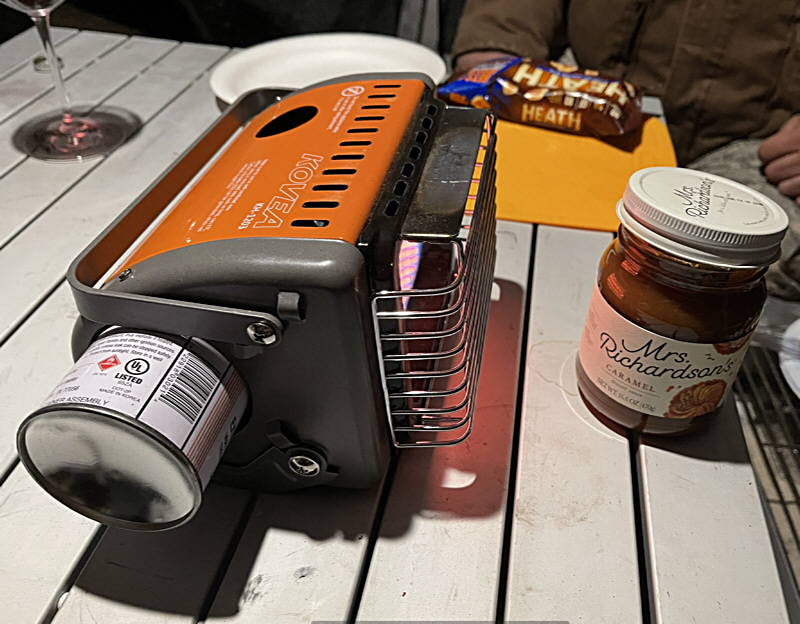
- Kovea Cupid Heater.jpg (289.56 KiB) Viewed 1391 times
There are a number of wood-burning stoves that are suitable for use with "hot tents". I have no experience with them.
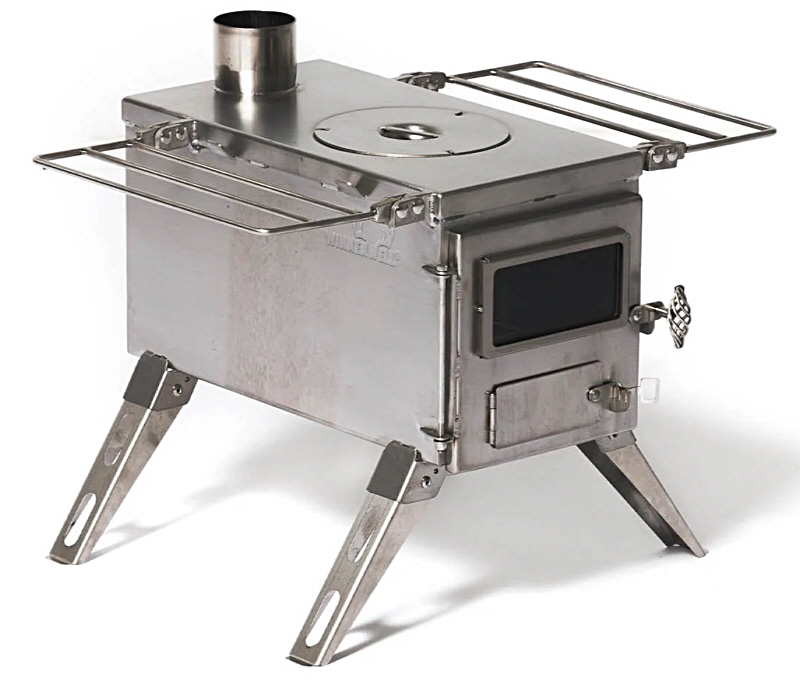
- Winnerwell Nomad Tent Stove.jpg (146.76 KiB) Viewed 1382 times
Sold as an indoor heater, this Vesta Space Heater is a fairly new development. It uses canned chafing fuel which is supposedly safe indoors though does require adequate ventilation. Cans, which burn for up to 6 hours, are about $2 each. There is a fan inside which spins when heated. Not clear how many BTUs it produces.
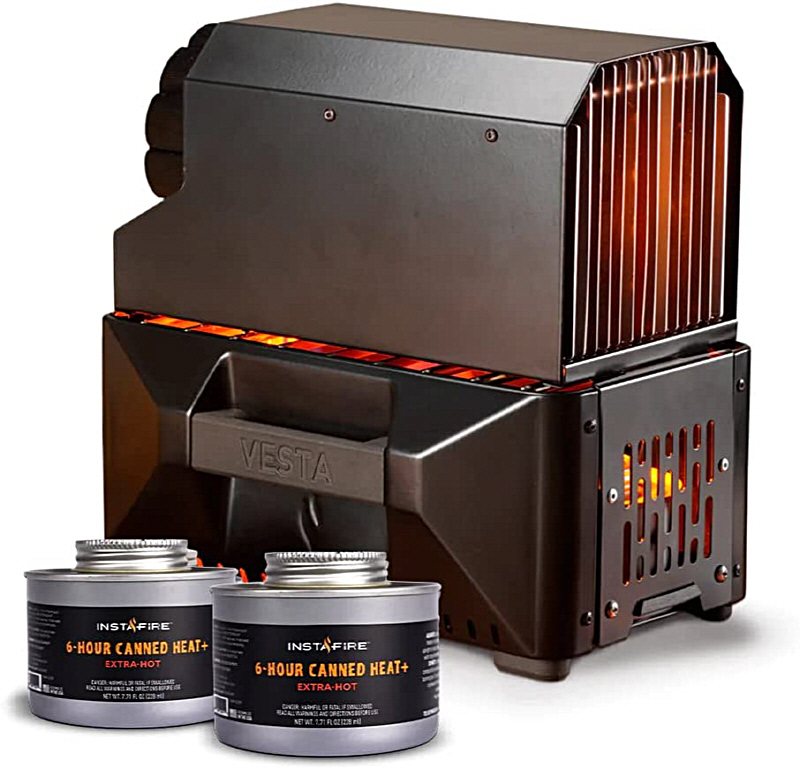
- Vesta Space Heater.jpg (229.55 KiB) Viewed 1377 times
Conduction Heaters
Won't talk much about these. I see conduction primarily used for hand warmers, unless you're using a mattress heater over your air mattress.
I've often used these chemical heaters which warm up when exposed to air. I read a number of times about folks putting these into their sleeping bags, though have never tried it.
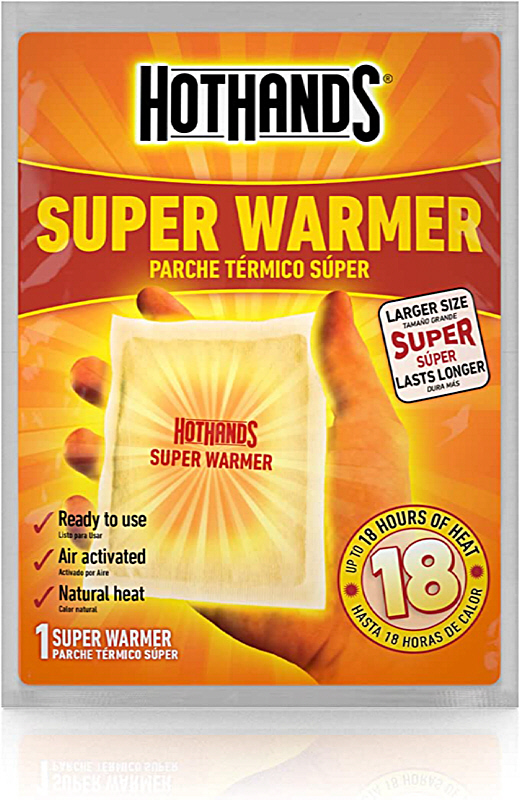
- Hand Warmer.jpg (290.21 KiB) Viewed 1404 times
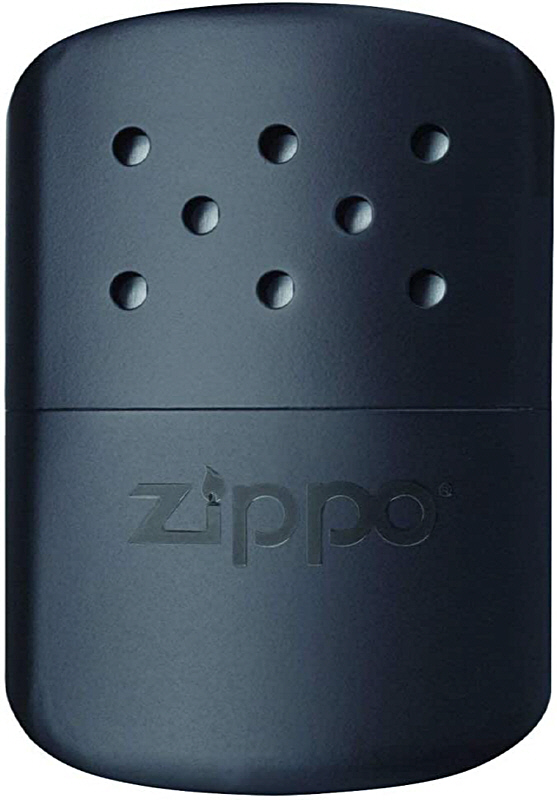
- Hand Warmer, Zippo.jpg (136.77 KiB) Viewed 1403 times
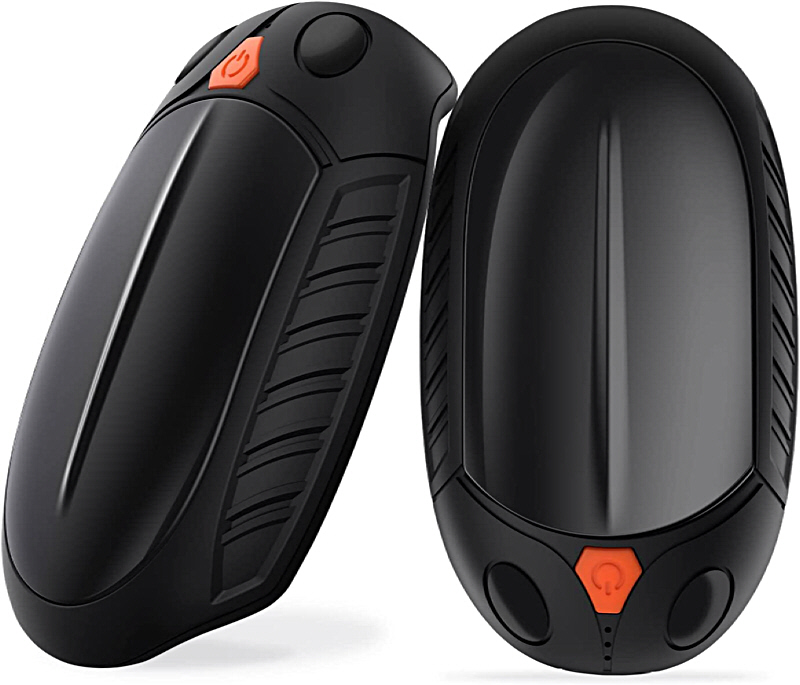
- Hand Warmer, Rechargeable.jpg (140.89 KiB) Viewed 1403 times
Convection Heaters
Probably the most comfortable heat, though inefficient, is convection heat delivered by heated air.
The Big Buddy heater used to have an internal fan powered by four D batteries. (Mine in fact does.) I'm not clear why it was removed, but the Mr. Heater site says this:
*Due to recent governmental changes to import tariffs, Mr. Heater has removed the fan on some models of the Mr. Heater Big Buddy® (MH18B). We apologize for the inconvenience and confusion this has caused some customers.
An alternative is to cobble together or buy a heat-operated fan which attaches to your Buddy heater. These are effective at spreading heated air.
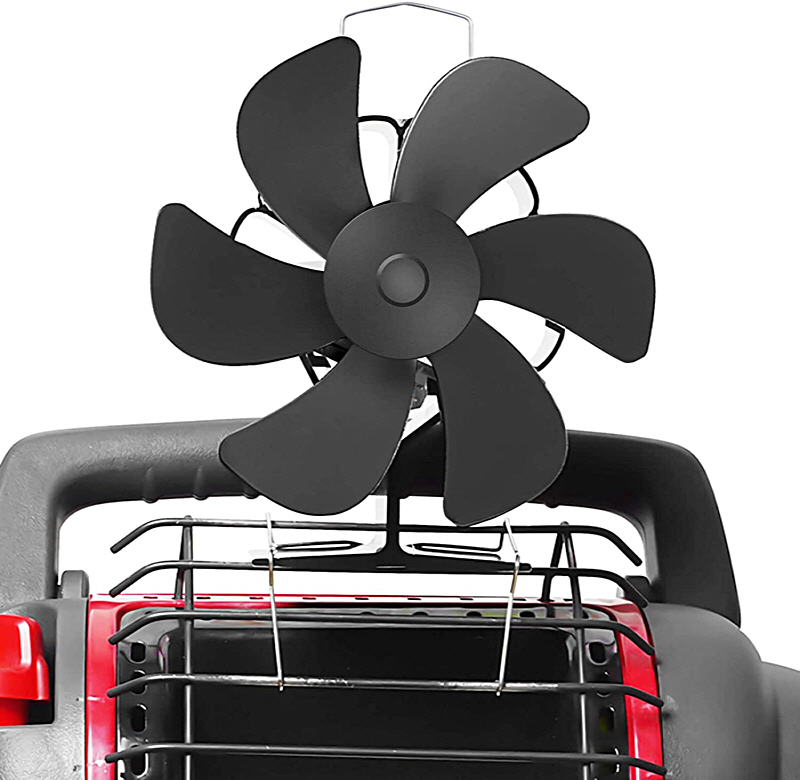
- Big Buddy Fan.jpg (153.35 KiB) Viewed 1396 times
Blue Flame
I have no experience use these
because they're illegal in California (but on a trip to another state just might come back with one). Most of the reviews I've seen are very positive. They are intended as indoor heaters with BTU output ranging from 10000 to 30000. While this does use open flame, the intent is to heat air not radiate. I'd like to try one in a tent with a ceiling fan (and a CO monitor). A problem might be condensation due to water vapor.
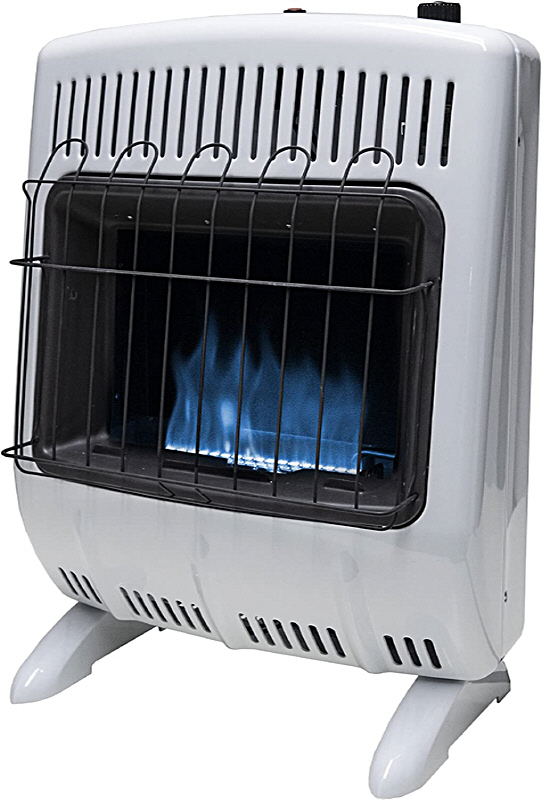
- Mr Heater Vent-Free Blue Flame.jpg (169.18 KiB) Viewed 1340 times
Forced Air
Forced air heaters are just like what most homes use. There is a combustion chamber with its own air input and exhaust output ducts, separate from the air ducts. The air output is dry warm air free from any combustion by-products.
Diesel
Diesel heaters have become very popular on the "overlanding" forums. They're usually Chinese-made, generally a good amount of heat output (12000 to 20000 BTUs), and thermostat-controlled. The drawbacks are dealing with diesel fuel, occasional diesel smell, and (reported by many) "clicking" of the fuel pump. Also, since the fuel is subject to the outside cold, if cold enough the diesel fuel might gel unless additives are used. Overall, for $100 to $200 plus a little DIY, this seems a great way to go for dry, safe warmth.
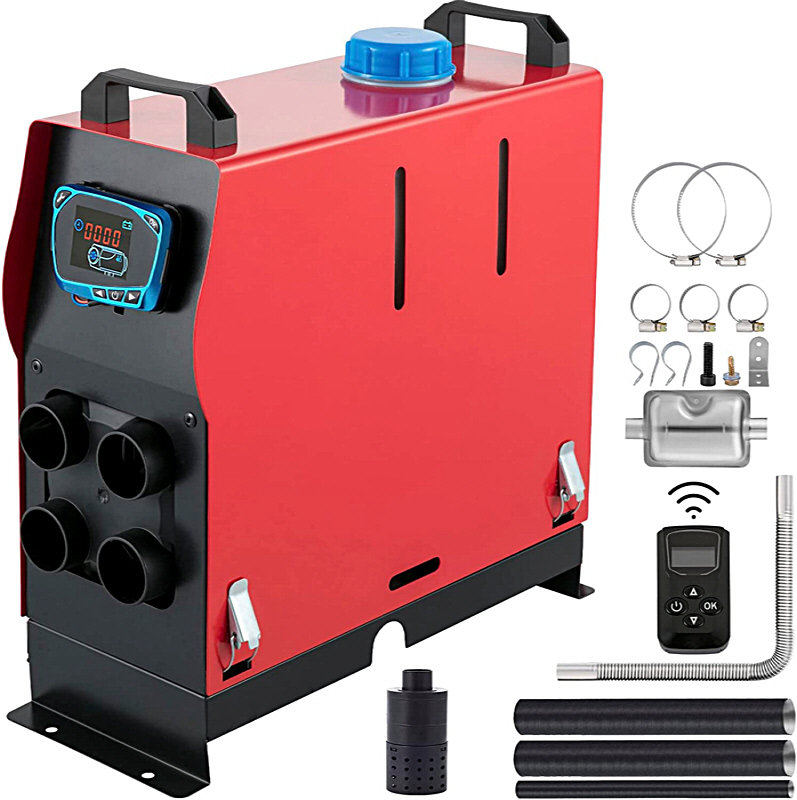
- Diesel Heater.jpg (203.71 KiB) Viewed 1388 times
Propane
I adapted a 6500 BTU Propex propane vehicle furnace for tent use as shown below. I didn't want to deal with diesel fuel, and was already carrying propane tanks. Plus, propane has a boiling point of -44 degrees so good down to low temperatures.
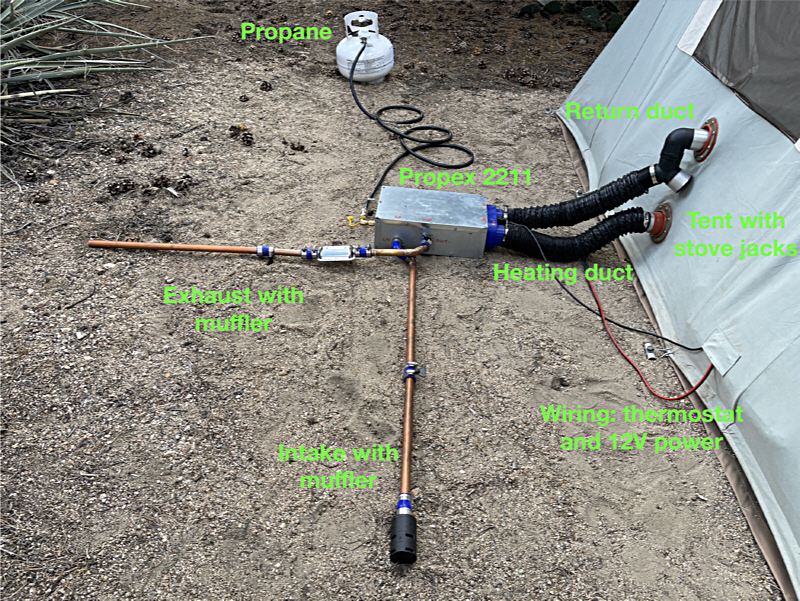
- Propex with Ducts.jpg (540.31 KiB) Viewed 1390 times
I modified my tent with roof jacks (aka pipe flashing) for the air intake and heated air output, as I was losing warm air running ducts through the front door zipper. Works well.
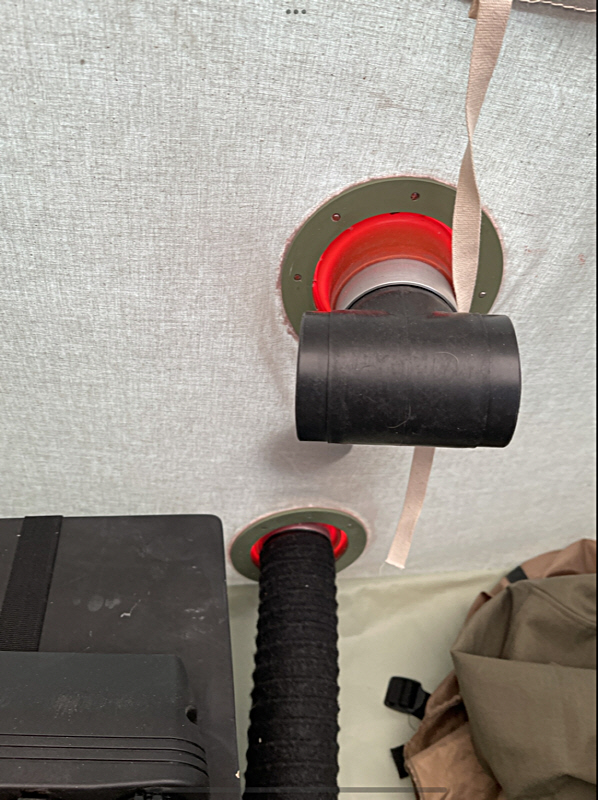
- Propex Inside Ducts.jpg (239.34 KiB) Viewed 1389 times
Heated Clothing
I've always been a fan of heated clothing during the day. I won't get into this, but will say it's more effective when the heating element is close to your body, so a tight heated vest or shirt under a regular jacket is much more effective than a loose heated jacket.
Since winter is over, heated clothing sales are started.
https://www.thewarmingstore.com/
Heated (Electric) Blanket
I'm still experimenting with 12V electric blankets that are available on Amazon for $20 to $45. Just a few minutes inside a sleeping bag made it nicely warm, and didn't draw much power from my battery.
